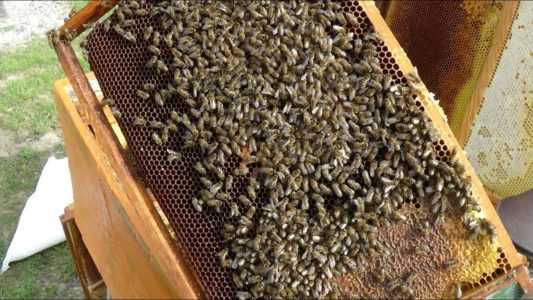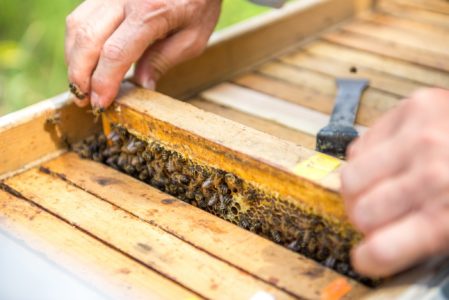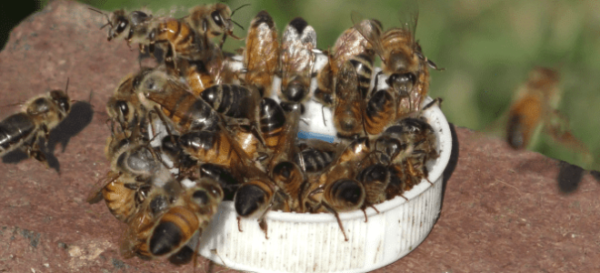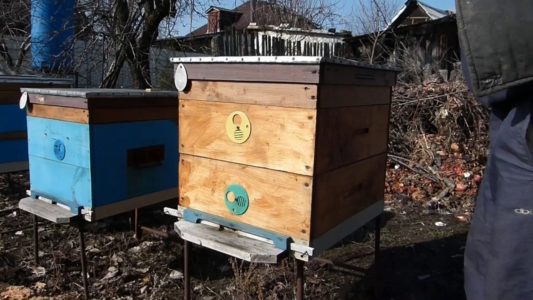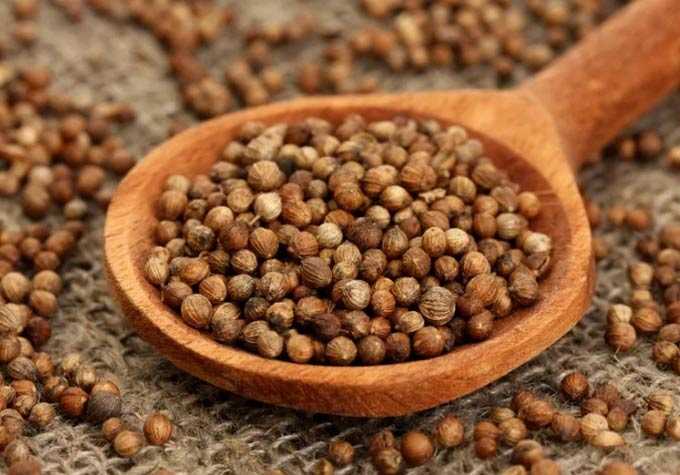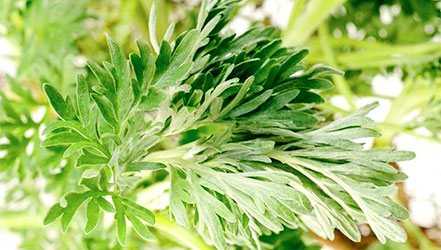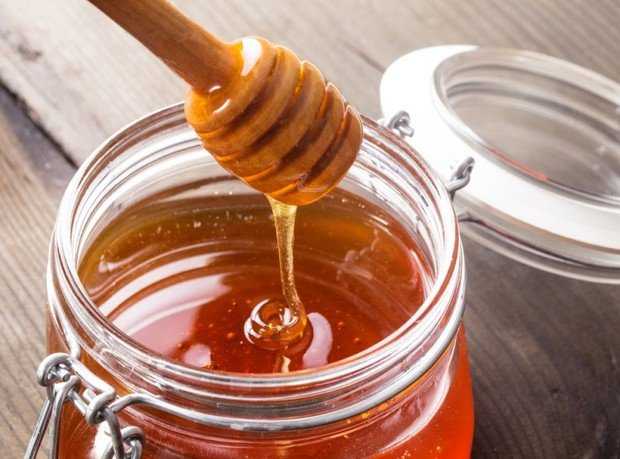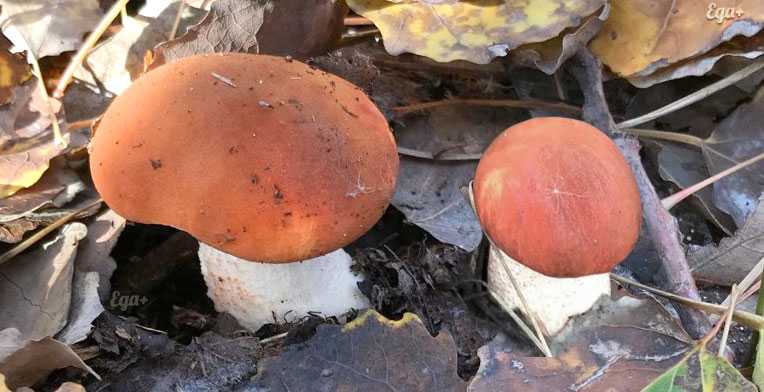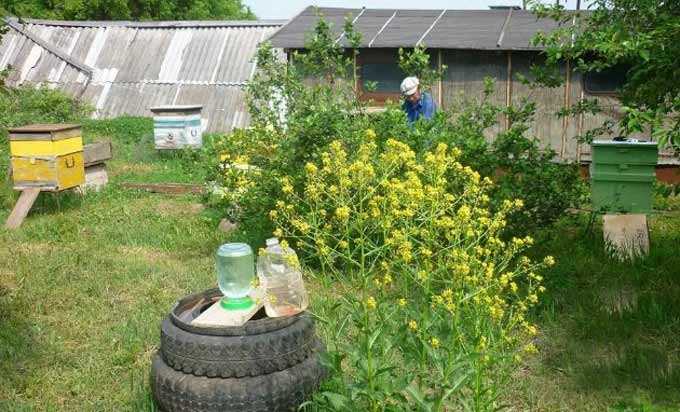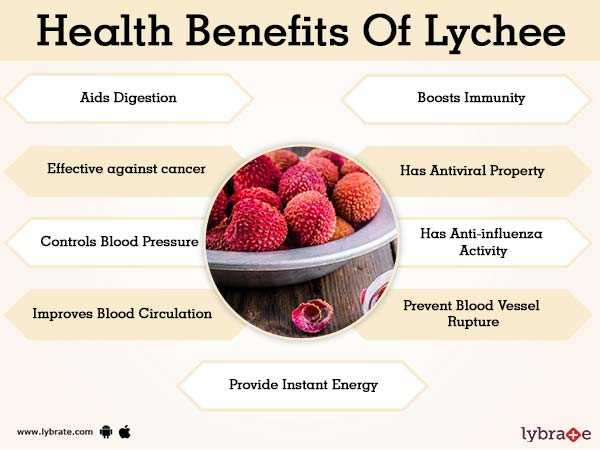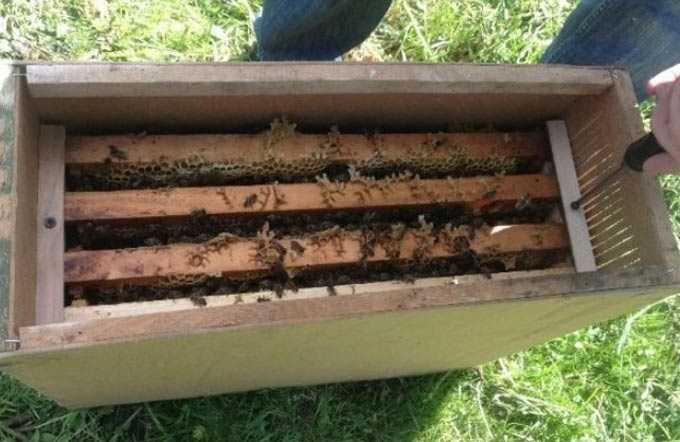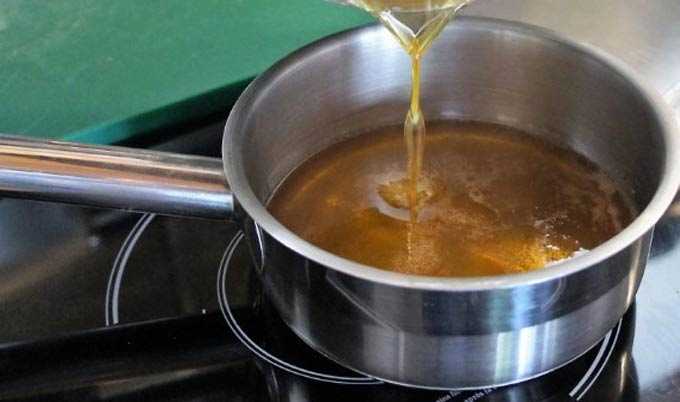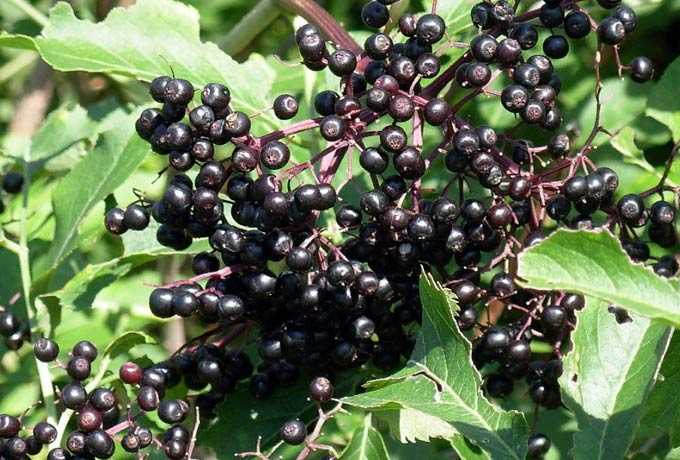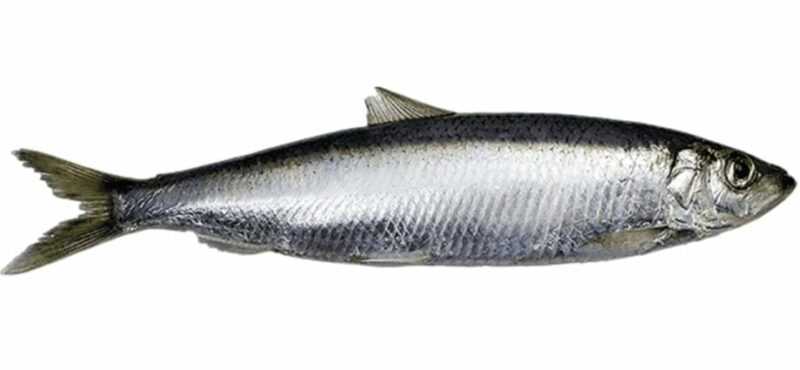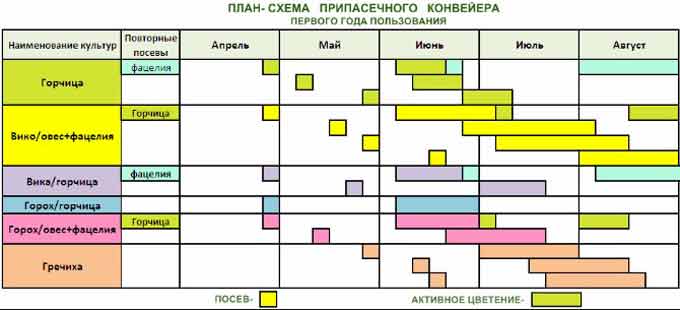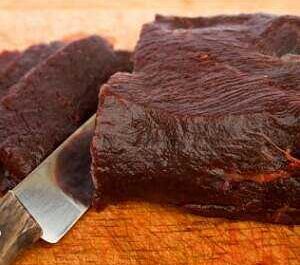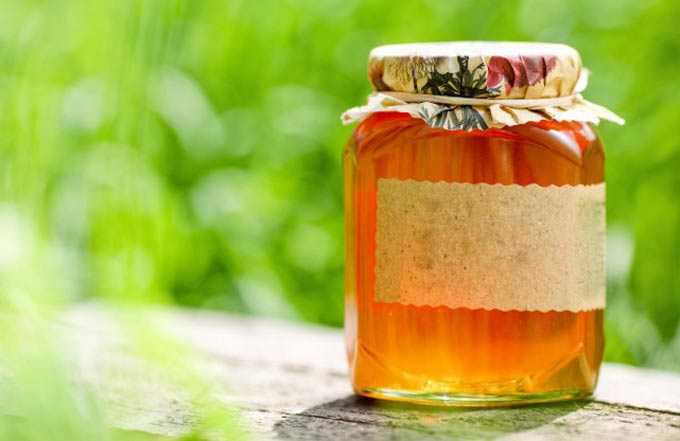In the spring, the “rebirth” of nature begins. There is a total check of feed, an assessment of development opportunities after wintering. Determination of the state of health in the spring relates directly to the bees.
Revision of the bee colony in spring
The main spring revision requires compliance with the following conditions:
- stable weather temperatures (not lower than +100 in the shadows);
- lack of gusts of wind (calm);
- disinfected hive;
- new frames – houses (nesting);
- frames with food;
- dividing boards;
- wall insulation;
- necessary tools;
- primary flyby.
Important!
The main thing for the beekeeper is not to miss the moment of the spring revision, so as not to disrupt the state of the bee colonies and not to reduce the amount of the future harvest.
Primary flyby was designated as one of the conditions. Occurs a few days before hives are checked. It is called cleansing – bees are cleansed of excessive fecal load.
The active spring season for the beekeeper begins:
- monitor the intensity of the flight;
- to identify the number of frames occupied by bees (weak and strong bee colony);
- count the number of queens;
- record the results of observations in the journal;
- determine the order of work (sanitary cleaning, replacement of outdated hives with new ones, warming up the feed frames, etc.)
Sequencing
Any work requires a responsible and competent attitude. Experienced beekeepers, when a spring audit is carried out, based on the results of observations recorded in the journal, build a sequence of further actions.
Determining the state of the family
The main purpose of the spring audit is to determine the strength of the bee colony. Defined as follows:
- the number of streets in the hive is calculated (street is the distance between the frames);
- 1 – 2 streets are subtracted from the resulting figure.
We get the desired result.
Important!
The density of bees in the streets is proportional to the amount of brood in the spring on the frames.
What to do with the weak
Important! The chain of action should be started with families with low flight intensity or with problems.
It is believed that if the strength of the family is 4 – 5 streets, then it is not worth studying. But it is recommended to take drastic measures (either replanting or elimination).
Important!
The main reason is the corruption of the hive (outdated, rotten or gnawed by mice). Some owners in the spring replace wooden hives made of PSP (expanded polystyrene). This material has earned great respect for its ease of handling, thermal insulation and ventilation qualities. Bees are more comfortable. To replace or not is the right of the apiary owner.
During the spring revision, weak colonies are combined in one hive for further development and accumulation of mass. At first, in order to exclude the occurrence and spread of theft, diseases, a deaf partition is imperative.
Important!
During the main spring audit, you should not be distracted by aligning families. This can be done later, since it does not require the urgency of execution.
During the period of the audit (during the spring – summer season), it is necessary to observe precautions:
- remove honey frames in a special room;
- do not pour the syrup on the ground;
- do not keep open containers with top dressing near the point (location of the hive);
- observe feeding norms.
For weak families in the spring, create conditions for increasing strength:
- reduce the size of the entrance by one or two bees;
- reduce the distance between frames;
- put a frame with printed honey on top from the storeroom;
- insulate the hive from the outside;
- after the performed manipulations, do not disturb for a month.
Important!
It is not recommended to feed with sweet syrup, so as not to get a lazy family.
Stimulating bee colonies
The increase in mass is in direct proportion to the egg-laying of the uterus. The following principles should be adhered to:
- the presence of protein feed (bee bread is contained in the hive for brood);
- the presence of carbohydrate feed (intensive consumption of honey by bees feeding the uterus with royal jelly increases the number of egg-laying);
- supply of pollen and fresh nectar from outside.
Important!
Due to the small amount of nectar release of plants in the spring, apiary owners use a stimulating feeding in the form of sugar syrup or honey.
Both specialized (artificially created) additives and prepared infusions from plants, the nectar of which are planned to be collected, are added to the sugar syrup.
Re-revision
A month after the first spring revision of the hives, we advise you to carry out a second one in order to identify:
- the presence of honey (at least 10 kg per family);
- the amount of brood (absence – death for bees);
- the presence of bee bread;
- absence of ascospherosis (calcareous brood).
Let’s take a closer look at the reasons for the second revision.
The first one says that it is impossible to leave a family without fodder honey.
The second – in the absence of an open brood (detection of a closed one), we look for a queen in the family, determine the state. The uterus is healthy, which means we note in the journal that the family needs increased supervision. If there is no brood, then a control frame with brood from another hive is required. The bees will breed themselves a new queen.
Third factor. Before the main honey gathering, the family begins to intensively breed brood. Perga is food. This strategic product is essential for growing larvae.
The fourth is a serious reason. Ascospherosis (miask) is an infectious disease of bees. It affects adult larvae with white mold, which leads to death. The causative agent is the ascosphere fungus.
Causes:
- cooling the nest;
- high humidity.
The control third spring revision is carried out in a week. The goal is the development of bees. A quick inspection. Attention – problem hives.
Thus, the beekeepers’ spring revision is intense and tense.
